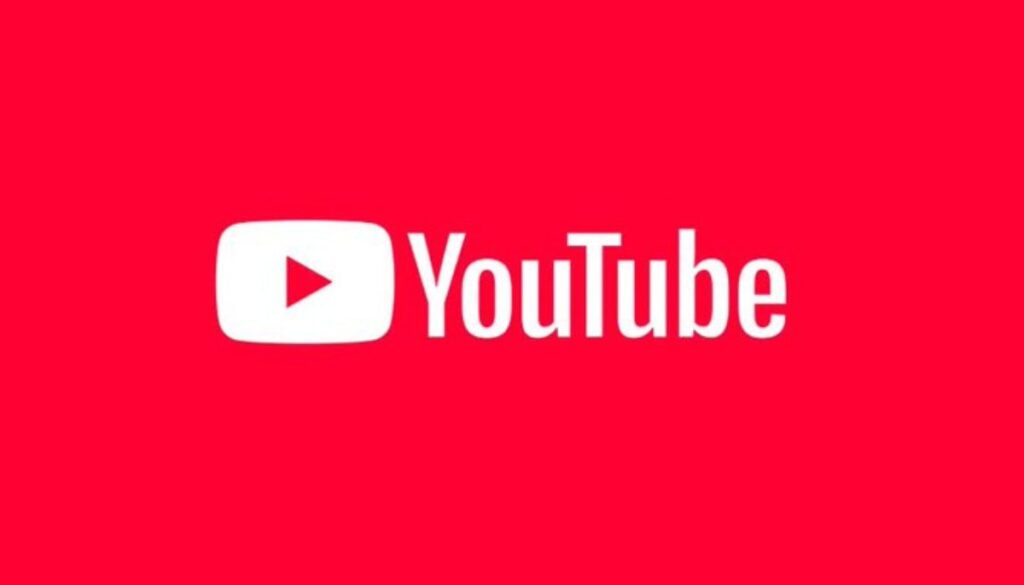The introduction of YouTube AI Upscaling’s automated AI upscaling feature, branded as “Super Resolution,” represents more than a simple technical update; it is a critical strategic maneuver designed to protect and standardize the platform’s viewing experience on its fastest-growing consumer surface. This initiative is primarily driven by the need to resolve an inherent tension between YouTube’s vast, historic archive of user-generated content and the modern demand for high-definition quality on large displays.
The Urgent Shift to the Living Room
The strategic impetus behind the “Super Resolution” technology stems from the undeniable growth of YouTube AI Upscaling consumption on large-screen televisions. Data indicates that the television viewing environment is YouTube’s “fastest-growing surface”. Historically, video optimization efforts focused heavily on mobile and desktop viewing, where lower resolutions like 480p or 720p were often acceptable. However, as consumers migrate to large 4K and 8K smart TVs, the limitations of the platform’s older content become glaringly apparent.
When standard definition video (480p) or older camcorder footage is displayed on a high-definition screen, the resulting pixelation and blur cause poor user engagement, potentially leading to viewer abandonment. The upscaling feature is therefore an essential quality control mechanism. It functions to improve how videos look on large-screen TVs, thereby enhancing content discovery and maintaining engagement in the competitive streaming landscape. The core objective is to raise the baseline quality of legacy content to a level competitive with native HD programming offered by other streaming services YouTube AI Upscaling.
Digital Archeology and Nostalgia
YouTube AI Upscaling’s two-decade-deep content library is its most unique asset, filled with foundational digital history. This archive, however, is densely “packed with videos shot on old camera phones, early-era smartphones, camcorders, and a variety of outdated video recording equipment”. This technical liability the poor visual quality of legacy uploads is now being retroactively transformed into a competitive asset through AI enhancement.
YouTube AI Upscaling feature performs an act of digital archeology, making it possible, for instance, to enjoy “early 1980s NBA footage in HD”. The platform is undertaking a massive, automated restoration project, future-proofing its archive by converting millions of grainy clips into viable, competitive content suitable for the modern era. This means the system acts as a digital restorer, cleaning up blurring and enhancing details that were previously hidden or distorted, conceptually functioning like fitting low-resolution content with prescription glasses to correct its visual limitations. This transformation secures the platform’s historical relevance while drastically improving the contemporary viewing experience.
Deep Dive into “Super Resolution”: Mechanics and Scope
To ensure the news coverage is both authoritative and evergreen, the technical specifications and operational context of “Super Resolution” must be clearly articulated, differentiating its approach from more advanced, yet less scalable, AI methods.
Feature Specifications and Target Resolutions
YouTube AI Upscaling feature, officially known as “Super Resolution,” is designed to automatically upscale videos uploaded at resolutions below 1080p to a clear HD standard. The specific resolution range targeted for this automatic enhancement includes videos uploaded in 240p up to 720p, which the system boosts to crisp 1080p HD quality. The system is designed to be enabled by default for creators, though they maintain complete control and can opt out if they prefer.
For long-term relevance, the platform has announced clear future plans, confirming that “4K upscaling support” will be provided “in the near future”. Additionally, transparency measures are built into the feature: viewers will be notified when they are watching an AI-upscaled video, as these clips will be clearly labeled as “super resolution”. This allows users intent on viewing content in its native state to still retain that ability.
Technical Mechanism and Industry Context
Unlike some advanced consumer-grade AI video enhancers that rely on sophisticated Generative Adversarial Networks (GANs) or the latest foundational models from Google DeepMind , YouTube AI Upscaling’s “Super Resolution” technology employs “traditional machine learning” algorithms. This technical choice is pivotal and reveals an underlying strategic prioritization of scalability over bleeding-edge fidelity.
The computational demands associated with high-quality AI upscaling are immense, requiring significant processing power and infrastructure. Implementing generative AI models across YouTube AI Upscaling’s entire historical archive, comprising billions of videos, would be prohibitively expensive in terms of computational energy and necessary infrastructure. By relying on more optimized, traditional machine learning, the platform avoids this critical bottleneck. This approach emphasizes broad application and operational efficiency what technical experts often term “Scaling Out” ensuring the feature is practical and viable across the platform’s global server infrastructure, rather than limiting it to an expensive, high-fidelity lab experiment. The initial focus on 1080p output, rather than immediately pushing all content to 4K, reflects this necessary balance between technical aspiration and global computational reality.
A crucial element that differentiates this rollout is the explicit inclusion of control mechanisms for both creators and viewers. This policy acknowledges the technical limitations of automated enhancement and addresses long-standing concerns regarding content integrity.
The Concession to Creators
The YouTube AI Upscaling announcement of “Super Resolution” was accompanied by a significant policy concession: both creators and viewers are given clear opt-out controls. Creators will “retain complete control over their library”. Their original video files and resolution options will be kept intact, meaning the source video is never swapped out with the AI-enhanced version.
This move represents a “notable shift for YouTube” and is described as a “rare concession” following periods of “creator backlash over unwanted video modifications”. In the past, automated platform enhancements applied without consent sometimes resulted in unintended visual consequences, including unwanted distortions or excessive sharpening that could make footage look “worse”. By allowing the creator to decide whether the AI’s predictions are beneficial to their specific content, YouTube mitigates the risk of alienating its content producers YouTube AI Upscaling.

